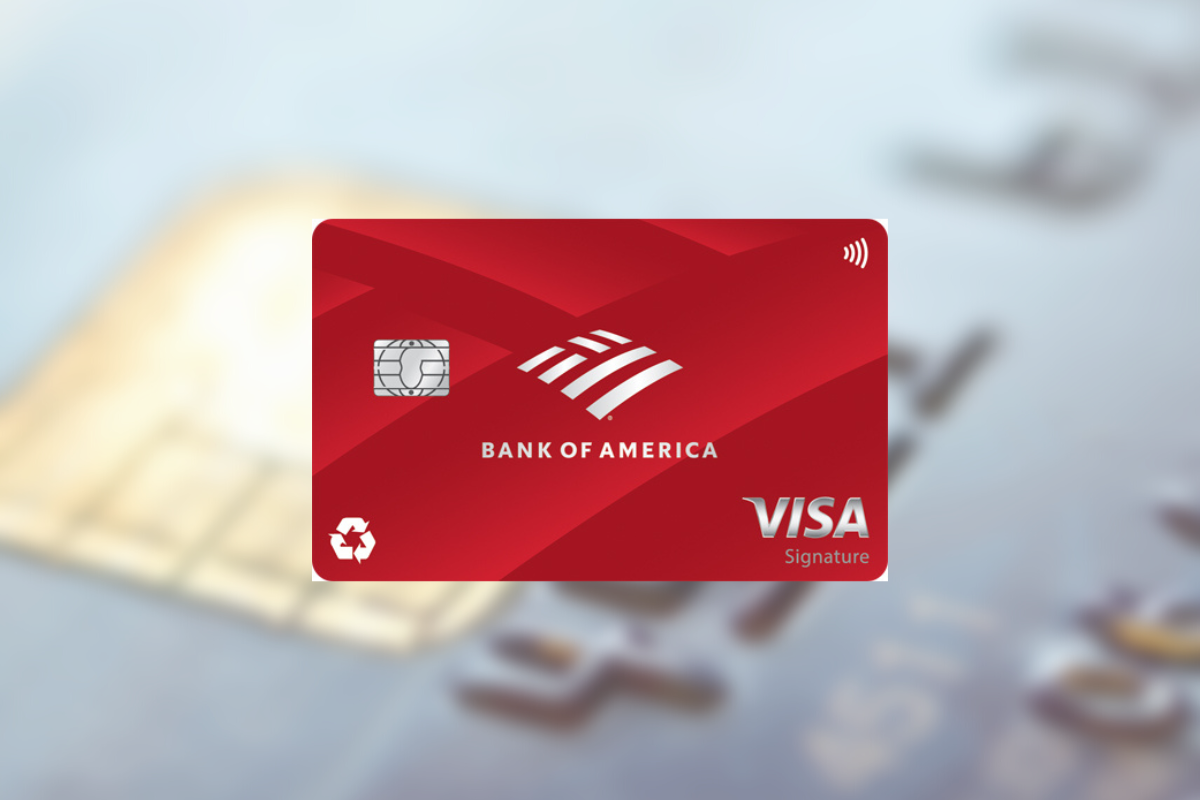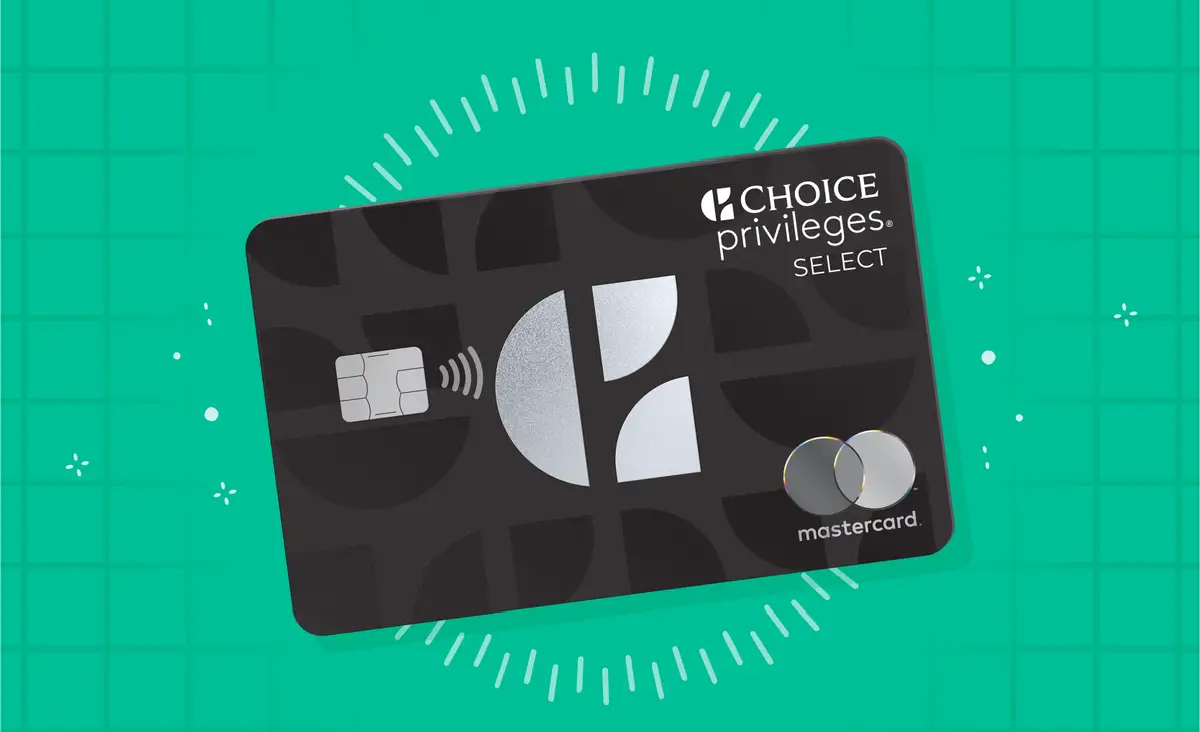The Effects of Interest Rates on Credit Card Usage: How to Avoid Surprises

Understanding the Impact of Interest Rates on Credit Cards
The financial landscape can be intricate, particularly when it comes to credit cards. For many users, credit cards serve as a convenient means of managing expenses or even accessing funds in emergencies. However, a crucial element that needs more focus is the concept of interest rates and how they influence financial behavior.
How Interest Rates Affect Borrowing Costs
Why are interest rates so important? When you carry a balance on your credit card, the issuer charges you interest on that amount. If your credit card interest rate rises—let’s say from 15% to 20%—the cost of carrying that debt increases significantly. For instance, if you have an outstanding balance of $1,000, a 15% interest rate would mean you are accruing approximately $150 worth of interest in a year. However, at 20%, that figure jumps to $200. This means you’ll pay an additional $50 just to maintain the same level of debt.
The Drawbacks of Minimum Payments
One common temptation is to make only the minimum payment each month. This might seem manageable, but it can greatly extend the time it takes to pay off your debt. For example, if you owe $1,500 on a card with a 20% interest rate, and you only pay the minimum monthly payment of $30, it could take you several years to become debt-free, resulting in hundreds of dollars paid in interest. By understanding how interest accrues, you realize the importance of paying more than just the minimum whenever possible.
Navigating Rewards Programs Wisely
Certain credit cards offer enticing rewards programs, awarding points or cash back for purchases. However, these rewards might not be worth the potential debt accrued if you fail to manage interest rates effectively. For example, if you use a card that offers 2% cash back on your purchases but carry a balance at a 25% interest rate, the cost of borrowing might outweigh the benefits of the rewards. It is crucial to optimize reward earnings while keeping a vigilant eye on interest rates to ensure you do not dig yourself into a financial hole.
Staying Ahead in Your Financial Journey
Given the current economic climate, where interest rates can fluctuate unpredictably, understanding how to effectively manage your credit card usage is vital. By being proactive and aware of these rates, you empower yourself to make educated decisions that align with your financial goals. Practical strategies, such as paying off your balance in full each month or utilizing a low-interest card for larger expenses, can help you maintain control over your finances.
In summary, understanding interest rates is essential for anyone who uses credit cards. Not only can it save you money, but it can also lead to better financial habits in the long run. With the right approach, you can navigate the complexities of credit cards and avoid unnecessary financial strain.
LEARN MORE: Click here to discover how to apply for the Bank of America Premium Rewards Elite Credit Card</p
Understanding Interest Rates: The Basics
Before diving into the effects of interest rates on credit card usage, it’s essential to grasp what interest rates are and how they operate. Interest rates represent the cost of borrowing money, expressed as a percentage of the total amount lent. In the context of credit cards, these rates can vary significantly between different card issuers and can change based on your credit score, prevailing economic conditions, and the type of card you choose.
The Role of Your Credit Score
Your credit score plays a crucial role in determining the interest rate you will be offered on a credit card. Generally speaking, individuals with higher credit scores are rewarded with lower interest rates, making borrowing more affordable. Conversely, those with lower scores may face higher rates, which can lead to cumulative debt if balances are carried over month-to-month. This dynamic not only affects how much you pay in interest but also influences your overall credit utilization ratio, which can further impact your credit score.
The Impact of Market Rates
It’s also important to consider that credit card interest rates can fluctuate in response to changes in market interest rates. When the Federal Reserve adjusts its rates, it can directly affect credit card issuers’ lending rates. For example, if the Federal Reserve increases rates in an effort to curb inflation, credit card interest rates may rise in tandem, leading to higher costs for consumers. This is particularly impactful for individuals who may already be carrying a balance, as their monthly interest payments can increase abruptly.
Understanding APR and Its Implications
One key term to familiarize yourself with is Annual Percentage Rate (APR). This figure represents the total yearly cost of borrowing on your credit card expressed as a percentage. It includes not just the interest but may also encompass any associated fees. Understanding APR is critical because it allows you to compare different credit card offers more effectively. Here are a few points to remember about APR:
- Variable vs. Fixed APR: Some credit cards offer a fixed APR, while others have a variable rate that can change over time. Knowing the differences can help you anticipate potential increases in your interest costs.
- Introductory Rates: Many credit cards offer low or even 0% introductory rates to entice new customers. However, these rates typically last only for a limited time, so it’s essential to be prepared for the interest rate to jump afterward.
- Penalty Rates: Missing a payment can lead to penalty rates, which are significantly higher than the standard rate. This can lead to unexpected financial burdens, making it critical to stay on top of your payments.
By having a solid understanding of interest rates, credit scores, and APR, you can make informed decisions about your credit card usage. Awareness of how these elements interact can prevent surprises, ensuring that you manage your debt effectively and avoid unnecessary financial strain.
DISCOVER MORE: Click here for detailed steps on applying
Navigating the Effects of Interest Rates on Credit Card Behavior
Understanding how interest rates affect credit card usage extends beyond merely knowing what they are. It’s crucial to recognize how your spending habits and payment strategies can be influenced by interest rates, especially when it comes to managing debt and making responsible financial decisions.
The Impact of High Interest Rates on Credit Card Debt
When interest rates on credit cards are high, the amount you owe can grow quickly, leading to a vicious cycle of debt. For example, suppose you have a credit card balance of $1,000 with an APR of 20%. If you only make the minimum payment, which is typically around 2% of the outstanding balance, much of your payment will go toward interest rather than reducing the principal. In this situation, it could take years to pay off the debt fully and cost you a significant amount in interest payments. This illustrates the importance of minimizing high-interest debt whenever possible.
Strategies for Managing Payment Dynamics
To keep your credit card usage under control, consider the following strategies:
- Pay More Than the Minimum: Always aim to pay more than just the minimum payment. For instance, if you have a balance of $800 with an APR of 18%, paying even $50 a month can significantly reduce the total amount of interest you will pay over time.
- Utilize a 0% Introductory Offer Wisely: If you have a credit card that offers a 0% introductory rate, plan to pay off your balance before the promotional period ends. After this period, the APR can jump to 15% or higher, making it imperative to have a repayment strategy in place.
- Transfer Balances Judiciously: Balance transfers to a card with a lower interest rate can be beneficial, particularly if you can find one with an introductory 0% APR offer. Nonetheless, check the fees associated with such transfers, as they can eat into your potential savings.
The Effect of Economic Conditions on Personal Finances
Personal finance decisions don’t happen in a vacuum; they’re also significantly affected by the broader economic environment. During times of economic uncertainty or rising inflation, interest rates may increase, making it more expensive to maintain credit card debt. This creates a need for individuals to reassess their spending habits and prioritize paying down existing debt. Additionally, consider that rising rates may prompt consumers to change their purchasing behavior, opting for debit cards or cash over credit in an attempt to avoid accruing more debt.
Monitoring and Adapting to Rate Changes
Staying informed about interest rate trends can help you anticipate changes and adjust your financial strategy accordingly. For example, if forecasts indicate a likely hike by the Federal Reserve, you may want to accelerate your payments on high-interest credit cards before rates increase. Set alerts or subscribe to financial news sources that keep you updated on market changes that can affect your credit card balances.
Becoming proficient in understanding interest rates and their implications on credit card usage empowers you to make strategic financial decisions. By managing your habits and utilizing knowledge about rates effectively, you can avoid surprises and work toward a more secure financial future.
DISCOVER MORE: Click here to enhance your financial strategy
Conclusion
In summary, understanding the relationship between interest rates and credit card usage is fundamental for maintaining financial health. High interest rates can lead to escalating credit card debt, making it essential to adopt proactive strategies that encompass thoughtful spending and diligent payment habits. For instance, consider a scenario where you have a credit card balance of $5,000 at an interest rate of 18%. If you only make the minimum payment, it could take you over 20 years to pay off the debt, and you would end up paying thousands of dollars in interest. Therefore, by consistently paying more than the minimum, responsibly utilizing promotional rates, and considering balance transfers with caution, you can significantly mitigate the financial burden that high interest rates impose.
Furthermore, it’s crucial to recognize that personal financial decisions are inherently influenced by broader economic factors. Staying informed about interest rate trends allows you to adapt your behavior, ensuring you are not caught off guard when rates fluctuate. For example, during periods of potential hikes, increasing payments on existing debt can save you a substantial amount in interest. If you know that rates are expected to rise, putting extra funds toward your credit card balance can help you avoid paying more than necessary when interest rates do go up.
Ultimately, the key to effective credit card management is a combination of knowledge, strategy, and vigilance. By acclimating yourself to the dynamics of interest rates and implementing sound financial practices, you can take control of your credit card usage and pave the way to a more secure financial future. Consider regularly reviewing your credit card statements, tracking your spending, and setting a budget that reflects both your needs and financial goals. Remember, a little diligence today can prevent unexpected surprises tomorrow. Embracing these habits not only empowers you in the present but also sets a strong foundation for your financial well-being in the years to come.


